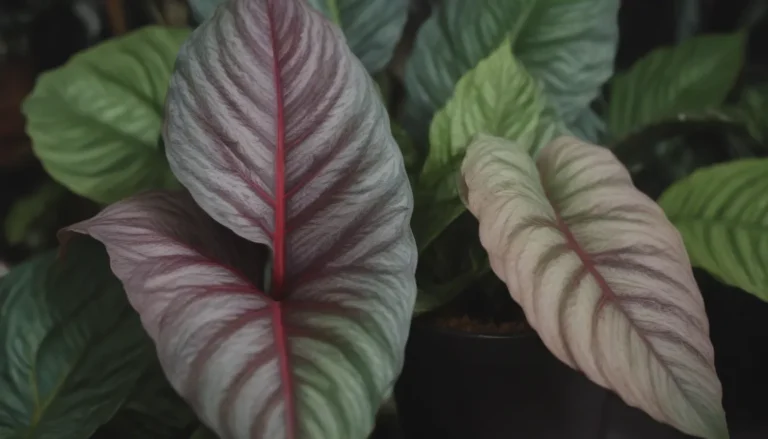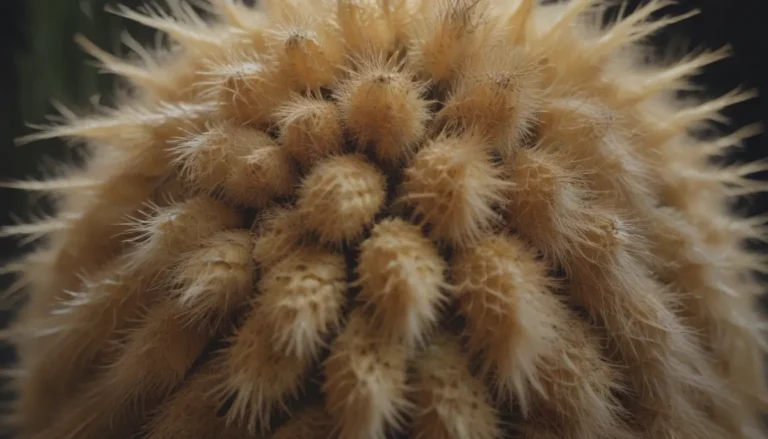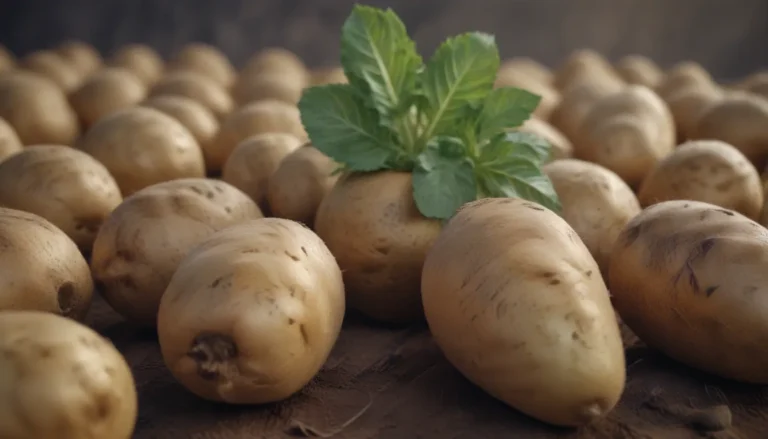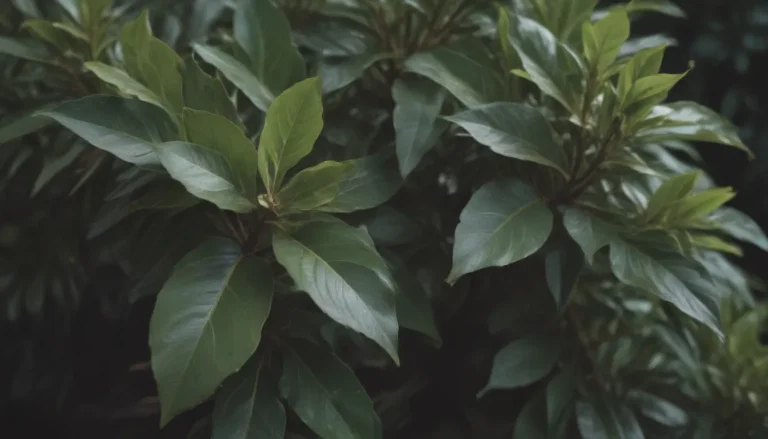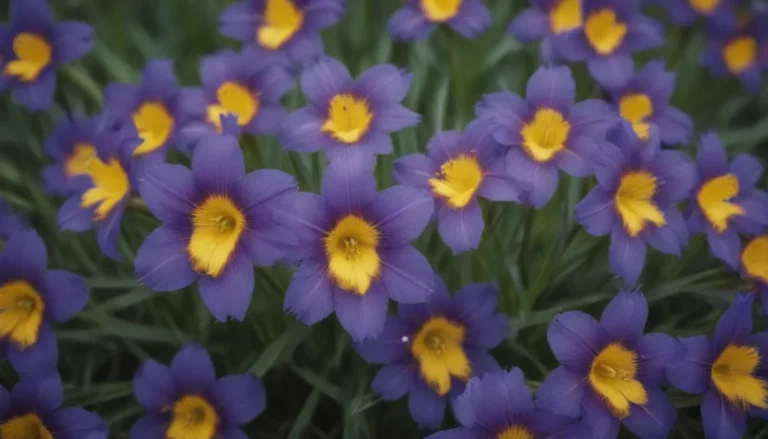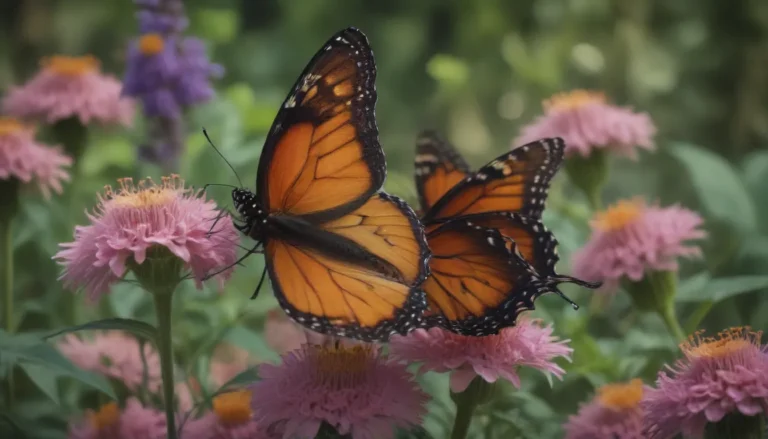The Ultimate Guide to Shade Plants for North-Facing Walls
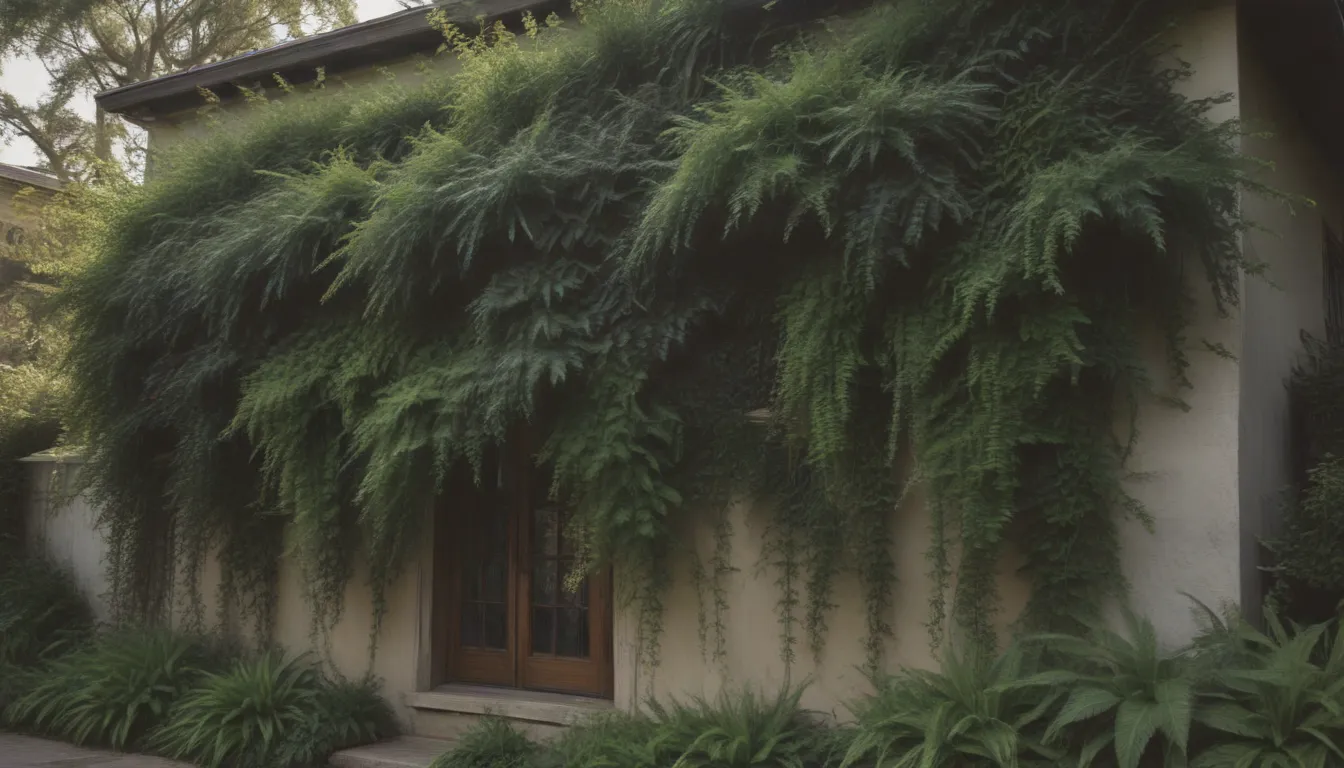
Are you struggling to find the perfect plants for areas along the north side of your house that don’t get much sunlight? We’ve got you covered! In this comprehensive guide, we will explore the best shade plants that thrive in shady locations along north-facing walls. From colorful bedding annuals to flowering perennials, climbers, ground covers, and shrubs, we’ll help you transform those shady spots into beautiful, thriving gardens.
Why Choose Shade Plants for North-Facing Walls?
Shade plants are essential for areas where sunlight is limited, such as along north-facing walls. These plants not only add color and beauty to your garden but also thrive in conditions where other plants may struggle. By choosing the right shade-loving plants, you can create a lush, vibrant garden that thrives in the shade.
12 Best Shade Plants for North-Facing Walls
Here are 12 top choices for ornamental plants that are perfect for shady locations along north-facing walls:
1. Impatiens
– Name: Impatiens walleriana
– USDA Growing Zones: Varies
– Color Varieties: Various
– Sun Exposure: Shade to part shade
– Soil Needs: Well-draining soil
Impatiens are a popular bedding plant for shady areas due to their colorful blooms and long flowering season. Disease-resistant strains are now available, making impatiens a viable choice for shady gardens once again.
2. Ferns
– Name: Various fern species
– USDA Growing Zones: Varies
– Color Varieties: Green, variegated
– Sun Exposure: Shade
– Soil Needs: Moist, well-draining soil
Ferns are excellent for shady, damp locations and come in a variety of heights and colors. Consider Japanese painted fern or fiddlehead fern for a pop of color in your shade garden.
3. Wax Begonia
– Name: Begonia
– USDA Growing Zones: Varies
– Color Varieties: Green, bronze
– Sun Exposure: Part shade to full shade
– Soil Needs: Well-draining soil
Wax begonias are versatile plants that grow well in shade and part shade. These fibrous-rooted plants produce clusters of small flowers and are perfect for bedding or edging.
4. Tuberous Begonia
– Name: Begonia Tuberosa Group
– USDA Growing Zones: Varies
– Color Varieties: Various
– Sun Exposure: Shade to part shade
– Soil Needs: Well-draining soil
Tuberous begonias are known for their large, bright flowers that thrive in shade. These plants make excellent bedding plants and bloom from July to September.
5. Common Bleeding Heart
– Name: Lamprocapnos spectabilis
– USDA Growing Zones: Varies
– Color Varieties: Pink, white
– Sun Exposure: Part shade to full shade
– Soil Needs: Moist, well-draining soil
Common bleeding heart is a medium-sized perennial with clusters of pink and white flowers. This early-season plant is great for shady areas along north-facing walls.
6. Periwinkle or Creeping Myrtle
– Name: Vinca minor
– USDA Growing Zones: Varies
– Color Varieties: Green
– Sun Exposure: Shade to part shade
– Soil Needs: Well-draining soil
Periwinkle is a viny ground cover that blooms in May and June. It’s perfect for underplanting other perennials or beneath shrubs and small trees.
7. Lilyturf
– Name: Liriope spicata
– USDA Growing Zones: Varies
– Color Varieties: Green
– Sun Exposure: Shade to part shade
– Soil Needs: Well-draining soil
Lilyturf is a grasslike perennial that grows well in dry shade. This plant produces small flowers in late summer but is prized more for its foliage.
8. Hosta
– Name: Hosta spp.
– USDA Growing Zones: Varies
– Color Varieties: Various
– Sun Exposure: Shade to part shade
– Soil Needs: Moist, well-draining soil
Hostas are popular foliage plants that come in a wide range of cultivars. These low-growing plants are easy to care for and add diversity to your shade garden.
9. Bugleweed
– Name: Ajuga reptans
– USDA Growing Zones: Varies
– Color Varieties: Blue, green, bronze
– Sun Exposure: Shade to part shade
– Soil Needs: Well-draining soil
Bugleweed is a perennial ground cover that blooms in May and June. This plant is perfect for shady areas and spreads rapidly to form a thick mat.
10. Climbing Hydrangea
– Name: Hydrangea anomala ssp. petiolaris
– USDA Growing Zones: Varies
– Color Varieties: White
– Sun Exposure: Shade to part shade
– Soil Needs: Well-draining soil
Climbing hydrangea is a woody vine that blooms in May to July. This plant can grow up to 50 feet long and makes an excellent choice for climbing against a north-facing wall.
11. Yew
– Name: Taxus spp.
– USDA Growing Zones: Varies
– Color Varieties: Various
– Sun Exposure: Shade to part shade
– Soil Needs: Well-draining soil
Yew bushes are evergreen shrubs that are perfect for shady areas. These needle-bearing plants are low maintenance and provide year-round interest in your garden.
12. Flowering Quince
– Name: Chaenomeles speciosa
– USDA Growing Zones: Varies
– Color Varieties: White, scarlet
– Sun Exposure: Part shade to full sun
– Soil Needs: Well-draining soil
Flowering quince is a versatile shrub that can tolerate a wide range of soil conditions. This dense, rounded shrub blooms in spring and produces small fruits that attract birds.
Warning: Toxic Plants
Some of the plants listed above, such as impatiens, begonias, bleeding hearts, periwinkle, hostas, hydrangeas, yew, and lilyturf, are toxic to humans and animals. Make sure to take proper precautions when handling these plants and keep them out of reach of children and pets.
Final Thoughts
Transforming shady areas along north-facing walls into beautiful, thriving gardens is easier than you think with the right shade plants. Whether you’re looking for colorful bedding plants, ground covers, climbers, or shrubs, there are plenty of options to choose from. By selecting the right plants for your specific conditions, you can create a lush, vibrant garden that thrives in the shade. Happy gardening!
